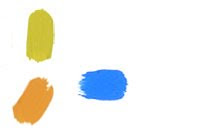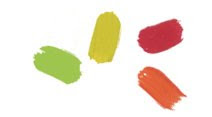“Whoever you are, I have always depended on the kindness of strangers. …” — Blanche DuBois’ words in Tennessee Williams’ Streetcar Named Desire.The phrase has been floating in my head for a while.
I recently had occasion to communicate with strangers. I was tempted to join an online gallery which requires an upfront fee from the artists it represents. I am, in principle, opposed to such charges. Galleries usually take fifty per cent of the sale price of the art they sell. The artist accepts that contract for many reasons, mostly because most of us do not want to engage in the business of selling art. And most of us have little ability as salespersons. The gallery, if it is doing its job, promotes our work and exhibits it. They often take care of designing, printing and mailing announcements and doing the framing. The director of the gallery I worked with in Seattle spent hours on the phone, calling clients to invite them personally to the opening reception, advising them that “the artist” would be present. The artist had only to dress up and appear to find wine being served, hors d’oeuvres set out and a crowd assembling. The gallery has employee salaries to pay and overhead. Good galleries do all this and more. They earn their commission.
The online gallery in question seemed to do a good job of promotion but I knew little else about it. I reviewed the site to find artists whose vision was akin to mine and whose prices were in line with my own. Then I sent a number of these strangers an email inquiry about what their experience had been with this company. Of sixteen emailed inquiries, I received sixteen responses telling me more than I needed to know and in many cases wishing me well with the venture. Many had visited my web site and included nice words about my work. How lovely. I was regaled with the kindness of strangers.
The general opinion was to recommend the site. Most had good things to say about it, a few hadn’t had much luck but nobody was critical. I will go for it.
The Image above is August, ©1995, Mixed Media on Paper Mounted on Canvas, 48" x 17", exhibited and sold in 1995 by the gallery described above.













